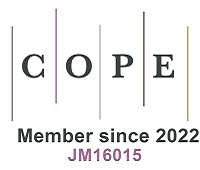fig2

Figure 2. Distribution of training dataset and performances of the classification model. A, The occurance frequencies of different elements in the training dataset. B, The bandgap distribution of different types of oxides. C, The radar chart of eleven ML models regarding six evaluation indicators. D, The ROC curve of the stacking classification model. E, The confusion matrix of the stacking classification model. F, SHAP analysis for the feature importance of the stacking classification model. ML: machine learning; SHAP: Shapley Additive exPlanations. ROC: receiver operating characteristic









